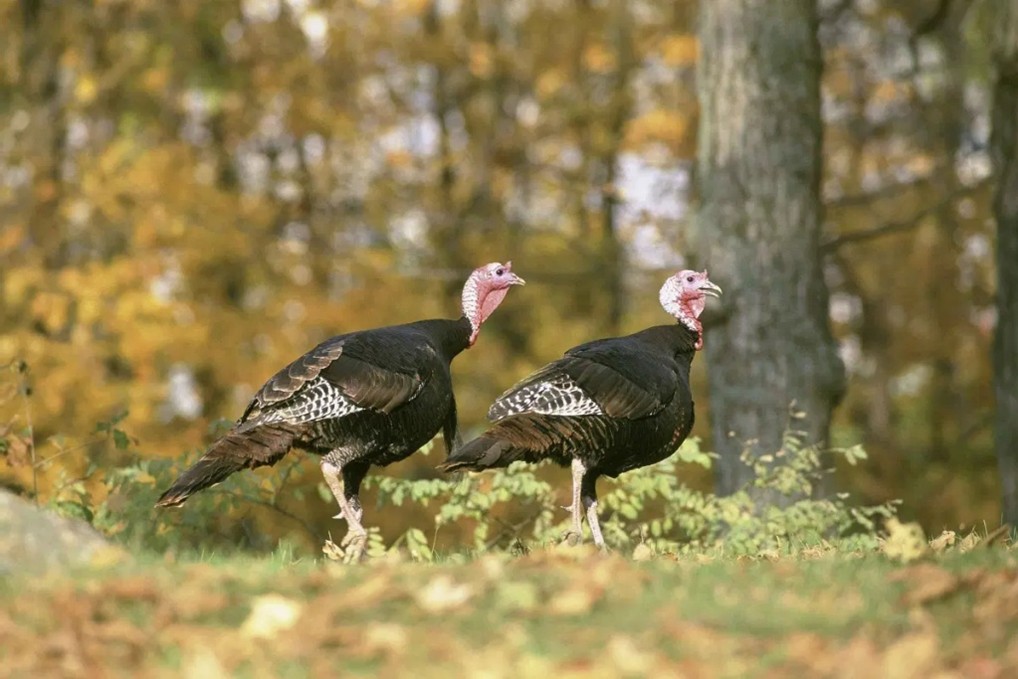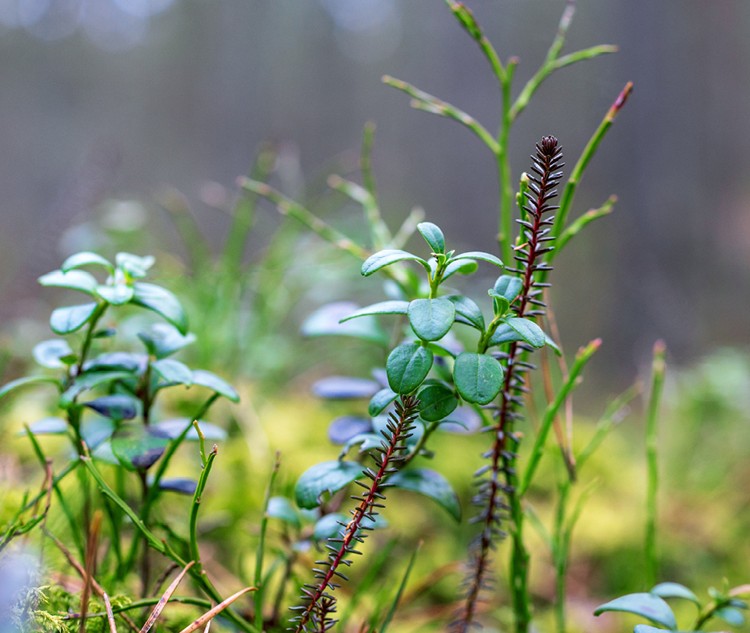
Wildlife Management in Texas – Game, Beneficial, and Invasive
If you’re a landowner in Texas, Louisiana, Arkansas, or Oklahoma interested in managing your land for wildlife purposes, you should contact a forestry company like Acorn Outdoors to help you create a management plan suitable for your wildlife goals.
You’ll work directly with trained and qualified experts who have experience in a wide range of environments and know how to manage them.
By utilizing all of the tools, knowledge, and experience at their disposal, forestry/wildlife professionals work with landowners to create a management plan which best suits your needs and the needs of the present wildlife.
A forestry company such as Acorn Outdoors offers a range of plans—forest management plan, wildlife management plan, wetlands management, etc.—which will be tailored to meet the individual needs of you and your property. Within these plans are various management techniques foresters might use, such as timber harvesting, prescribed burning, invasive species control, herbicide application, tree planting, and more.
If you’re specifically interested in managing your land for wildlife purposes, wildlife management plans also benefit more than just wildlife. There are many ways to manage land so that both the landowner and the land benefits.
Suppose you’re concerned about the environment and want to manage your property with helping the environment as a goal. In that case, it’s possible to focus your land management plan on promoting environmentally beneficial species. If you’re concerned about the spread of invasive species, your plan could also have invasive species control as a goal.
Here are some other thoughts on how forest management can benefit both you and the wildlife on your property.
Help Wildlife and Profit from Timber Sales
If you’re most interested in managing your land for the purposes of a timber harvest, but you’re also concerned about managing wildlife, the good news is the two don’t have to be at odds. An experienced forestry company will find a balance with a plan that is most beneficial to the wildlife and a successful timber harvest.
Promote the health and success of wildlife species native to the Louisiana, Texas, Arkansas and Oklahoma region.
What do you know about the wildlife on your property? Do you know what birds, bugs, animals, etc., call the same location ‘home’?
The environment maintains a delicate balance, from birds spreading seeds, to bats eating insects, to earthworms recycling nutrients in the soil and each plays an integral role in its stability and success.
Wildlife management plans promote native species habitats to support a stable balance within the home range of the targeted wildlife.
Tree Diversity
The types of trees on your property have a significant impact when it comes to what wildlife species are present on your property. The diversity of tree species define a role in the health of local wildlife.
For example, by allowing shrubbery to grow along the wooded area’s periphery, it creates and edge effect, as well as a source of food for wildlife cover, and protection. By encouraging a variety of tree species to grow in certain areas—though some might not be financially beneficial in the future you’re helping to promote wildlife habitat.
When creating your management plan, professional foresters consider a range of details: What areas will be harvested? Which will be replanted, and with what? What harvest methods will be utilized?
When managing wildlife in a woodland setting, the health of the forest will be considered in all of these equations.
How to Promote Game Species?
Hunting is a popular sport for many in East Texas and the surrounding regions. As the landowner, your wildlife management plan could be focused on maintaining your property for commercial hunting or lease, which also creates the opportunity for a revenue source.
Here are a few game animals you could include in your management plan:
· White-tailed deer: Deer need space, cover, and forage. A management plan to promote a healthy deer herd for hunting purposes might include creating planted food plots, conducting controlled burns for forage, tree thinning for forage purposes, and managing plant growth.
· Wild Turkey: This game bird needs a forested environment but forages mainly on woodland edges. Management plans might include creating food plots, as well as thinning and prescribed burning for forage purposes.
· Waterfowl: Water birds need water and wetlands. Management plans might include controlling water levels to ensure nesting, forage, and migratory habits are premium for certain native game waterfowl species.
· Quail: Quail need grassy spaces and underbrush for food and cover. Management plans might include mowing, prescribed burning, and/or planting quality forage.
Invasive Species Control
Invasive species are an environmental threat to native species. These invasive plants and animals can cause immeasurable harm to native plants and animals and sometimes even negatively impact human health.
Implementing invasive species control might include controlled burns and herbicide application.
Forestry management doesn’t just promote native species—it’s also a way to control harmful invasive species.
Forestry management isn’t about just one thing, it’s a balance carefully planned and carried out by educated, experienced professional foresters.
Through time-tested means, forest management has proved it possible to manage your land for both your benefit and that of the local wildlife.
Contact your Texas forestry company today, and find out what options are available for you and your land.


